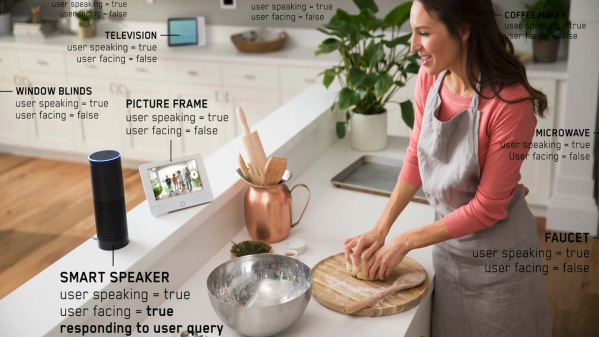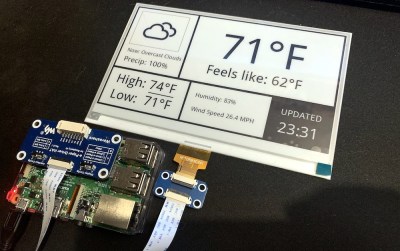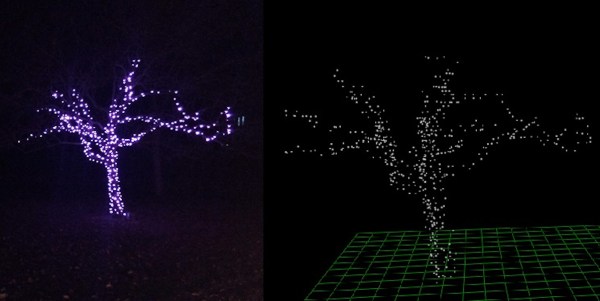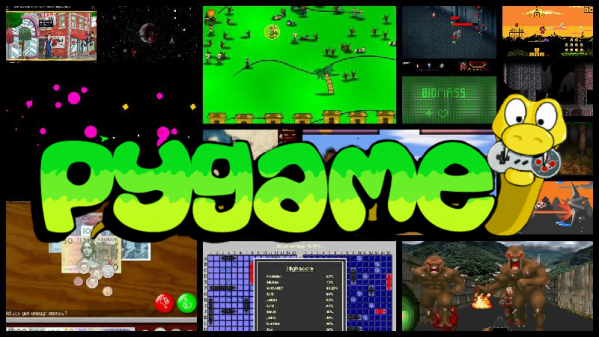Voice Assistants, love them, or hate them, are becoming more and more commonplace. One problem for voice assistants is the situation of multiple devices listening in the same place. When a command is given, which device should answer? Researchers at CMU’s Future Interfaces Group [Karan Ahuja], [Andy Kong], [Mayank Goel], and [Chris Harrison] have an answer; smart assistants should try to infer if the user is facing the device they want to talk to. They call it direction-of-voice or DoV.
Currently, smart assistants use a simple race to see who heard it first. The reasoning is that the device you are closest to will likely hear it first. However, in situations with echos or when you’re equidistant from multiple devices, the outcome can seem arbitrary to a user.
The implementation of DoV uses an Extra-Trees Classifier from the python sklearn toolkit. Several other machine learning algorithms were considered, but ultimately efficiency won out and Extra-Trees was selected. Another interesting facet of the research was determining what facing really means. The team had humans ‘listeners’ stand in for smart assistants. A ‘talker’ would speak the key phrase while the ‘listener’ determined if the talker was facing them or not. Based on their definition of facing, the system can determine if someone is facing the device with 90% accuracy that rises to 93% with per-room calibration.
Their algorithm as well as the data they collected has been open-sourced on GitHub. Perhaps when you’re building your own voice assistant, you can incorporate DoV to improve wake-word accuracy.
Continue reading “Robots Can Finally Answer, Are You Talking To Me?”




















